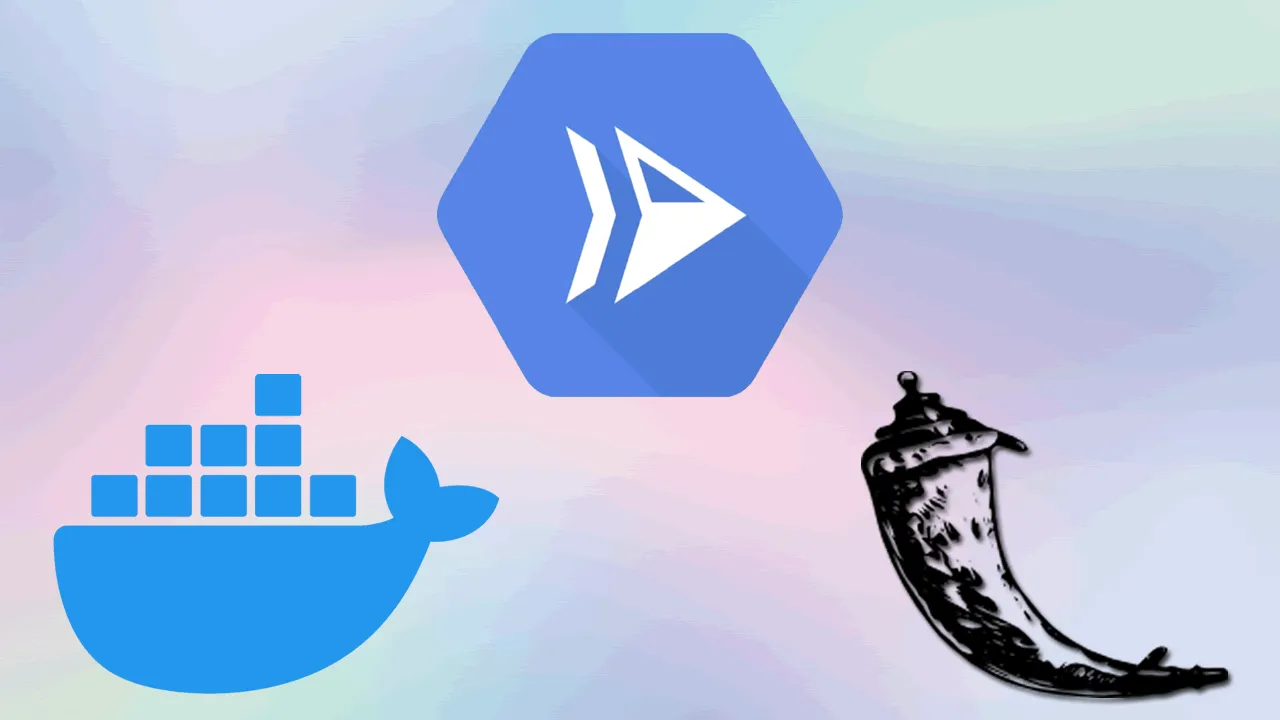Serving up an API to access data from Google BigQuery
These days, data science practitioners find themselves relying on cloud platforms more and more, either for data storage, cloud computing, or a mix of both. This article will demonstrate how to leverage Cloud Run in GCP to access a dataset stored on Google BigQuery, apply a quick transformation, and present the result back to users through a Flask-RESTful API.
Intro — GCP Cloud Run, Containers vs VMs
Cloud Run is a service that allows you to construct and deploy containers that can be accessed via HTTP requests. Cloud Run is scalable and abstracts away infrastructure management so you can get things up and running quickly.
What is a container you ask? A simple way to think about containers is that they are similar to a Virtual Machine (VM), but much smaller in scale and scope.
With a VM, you typically have a virtual version of an entire OS running (such as a Windows PC running a Linux VM through something like VirtualBox.) This Linux VM will typically have a GUI, a web browser, word processing software, IDEs and a whole host of software accompanying it.
With containers however, you can have the minimal amount of software necessary to perform your desired task, making them compact and efficient, easy to create, destroy and deploy on the fly. For example, the container in this article will just have Python 3.8 installed and nothing else.
Cloud Run is well-suited to deploying stateless containers. For a good insight into stateful vs stateless containers, take a look at this article.
#google-cloud-run #bigquery #flask #google-cloud-platform #docker #cloud
